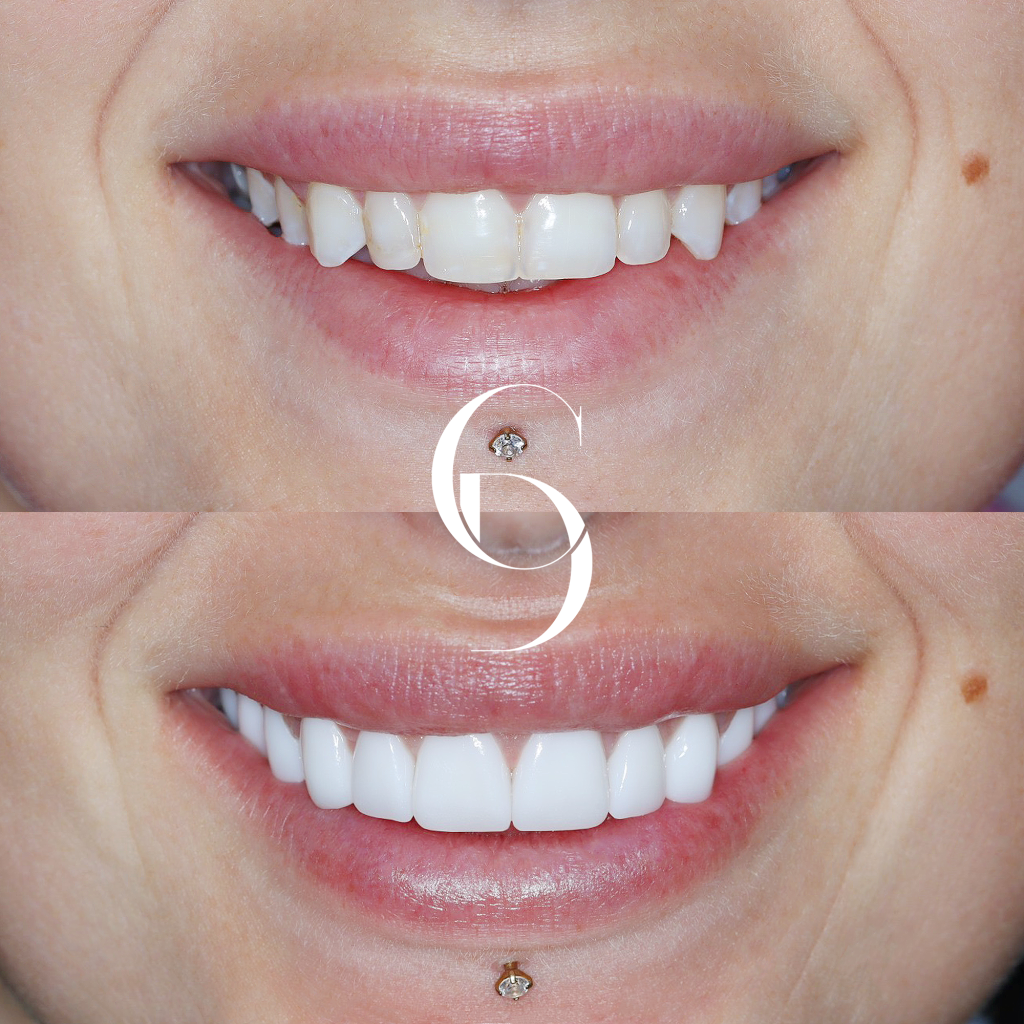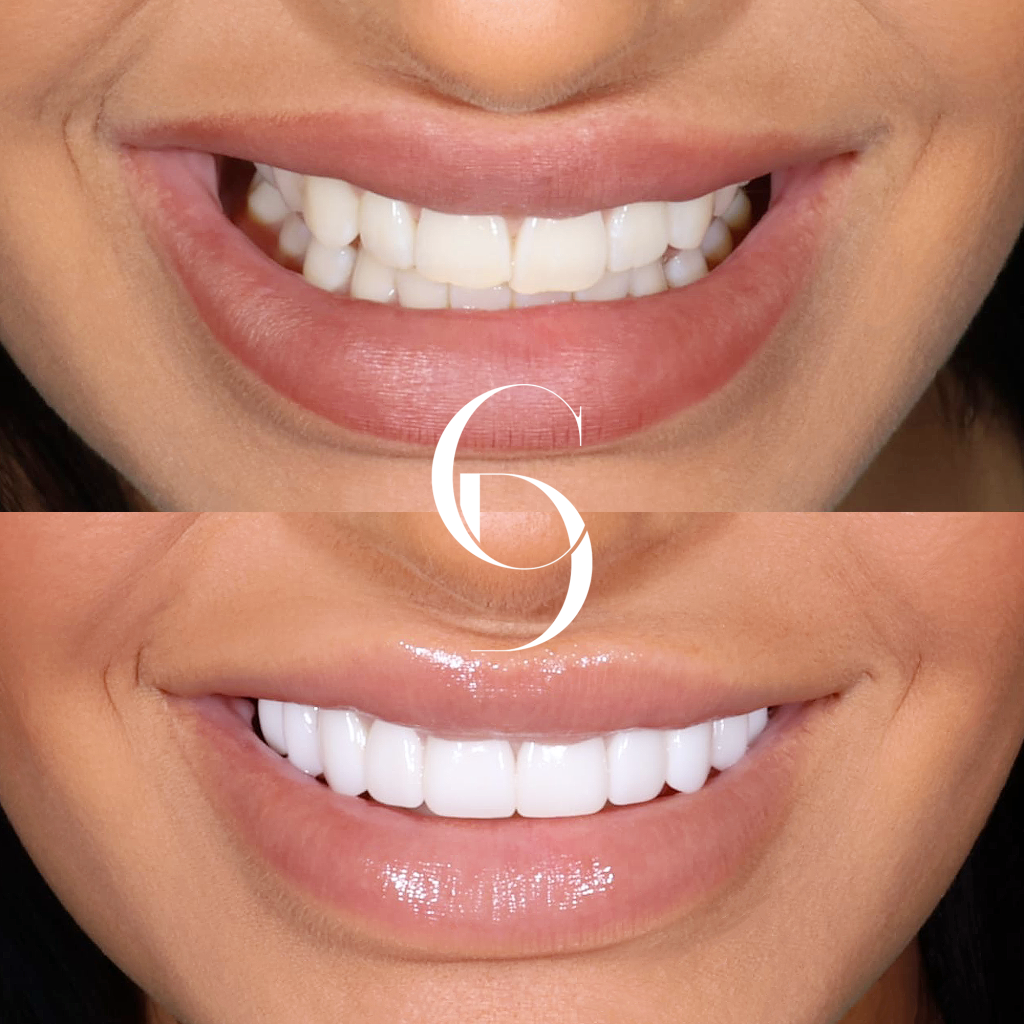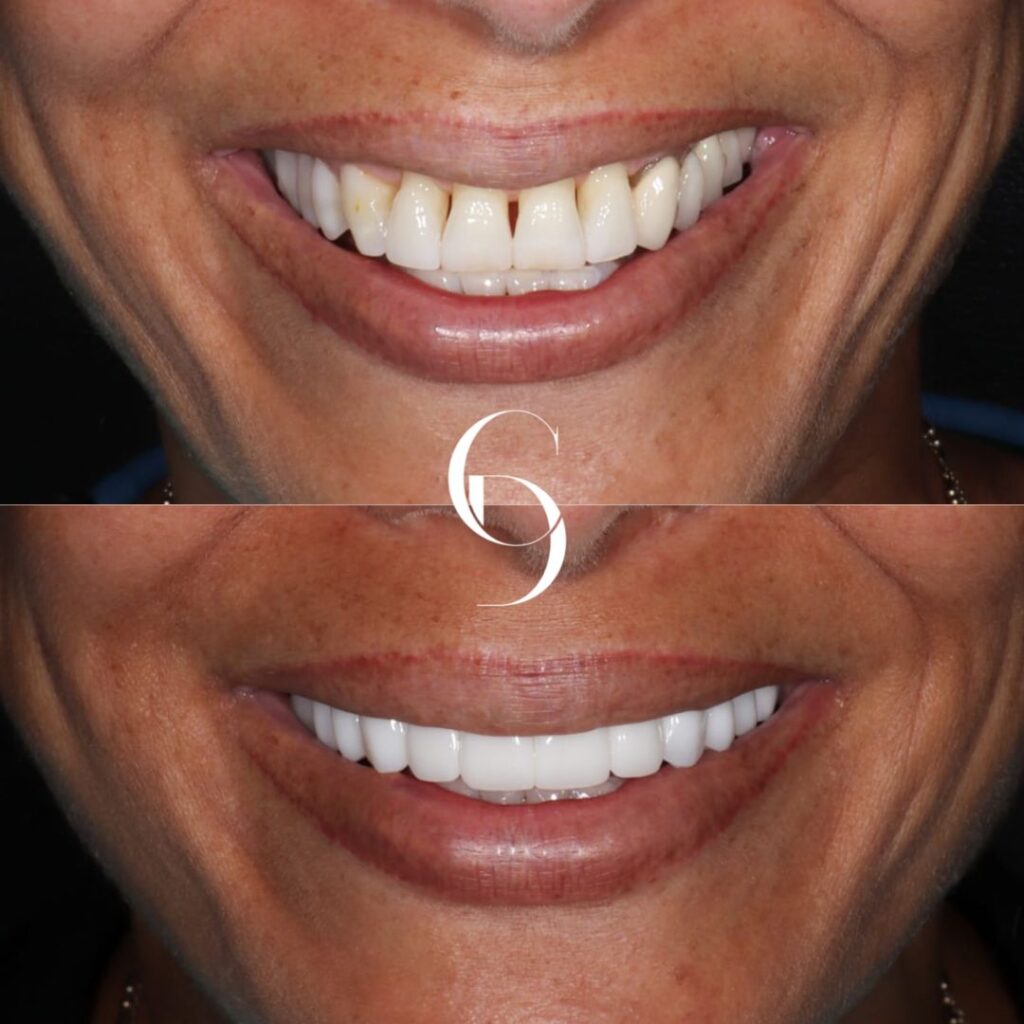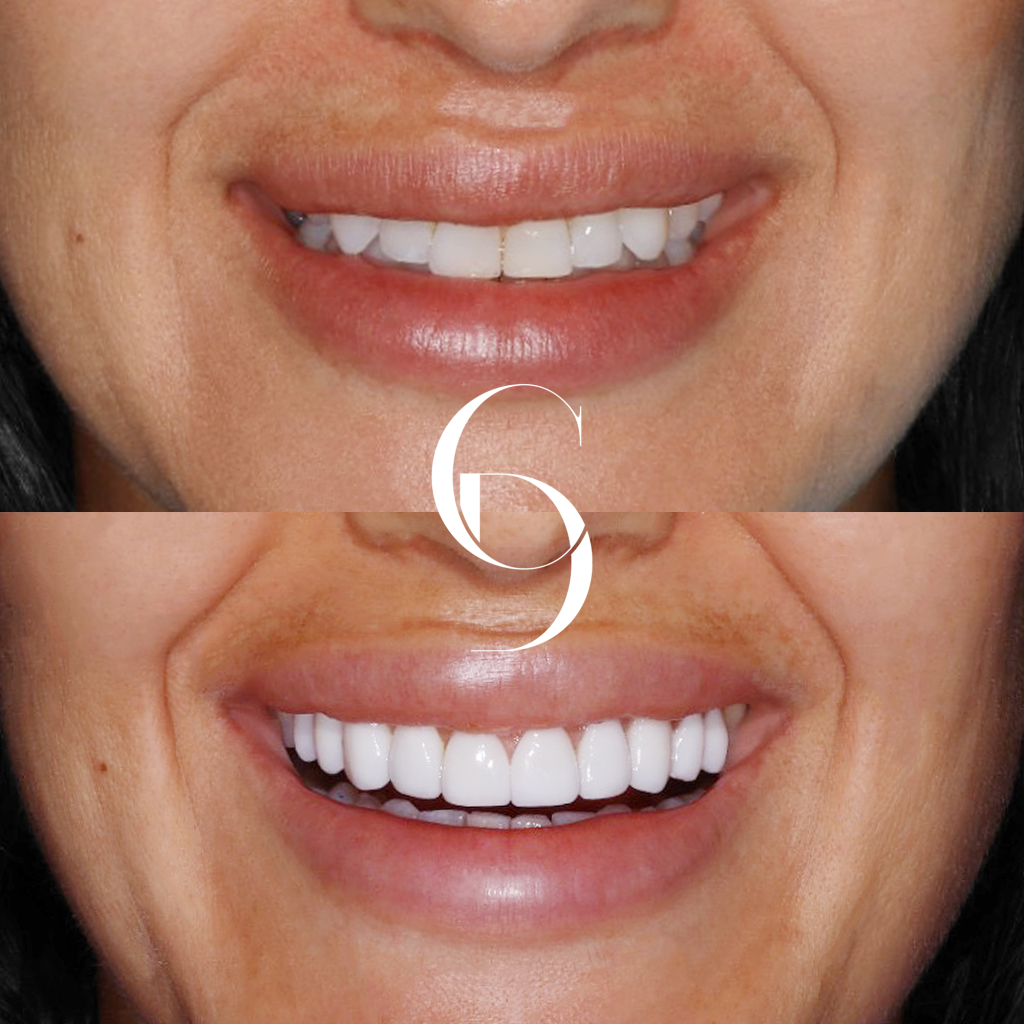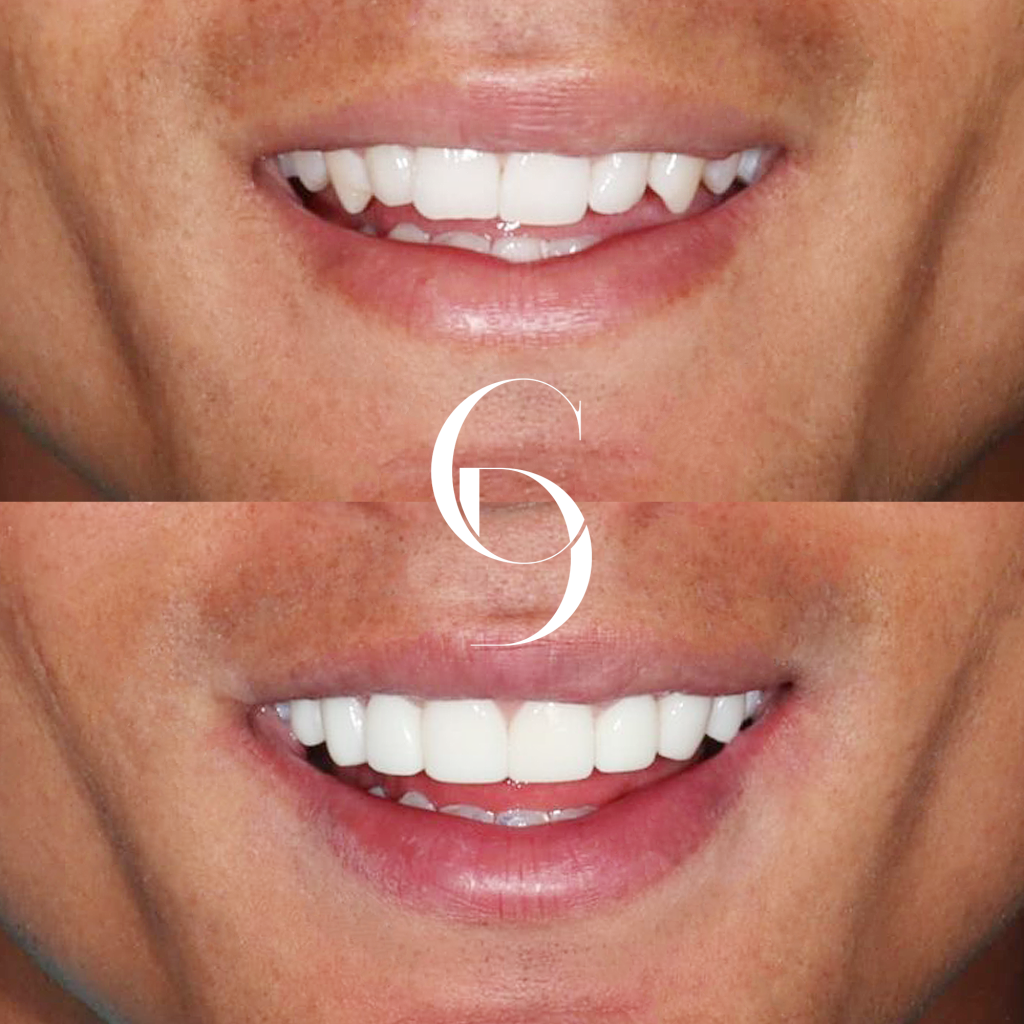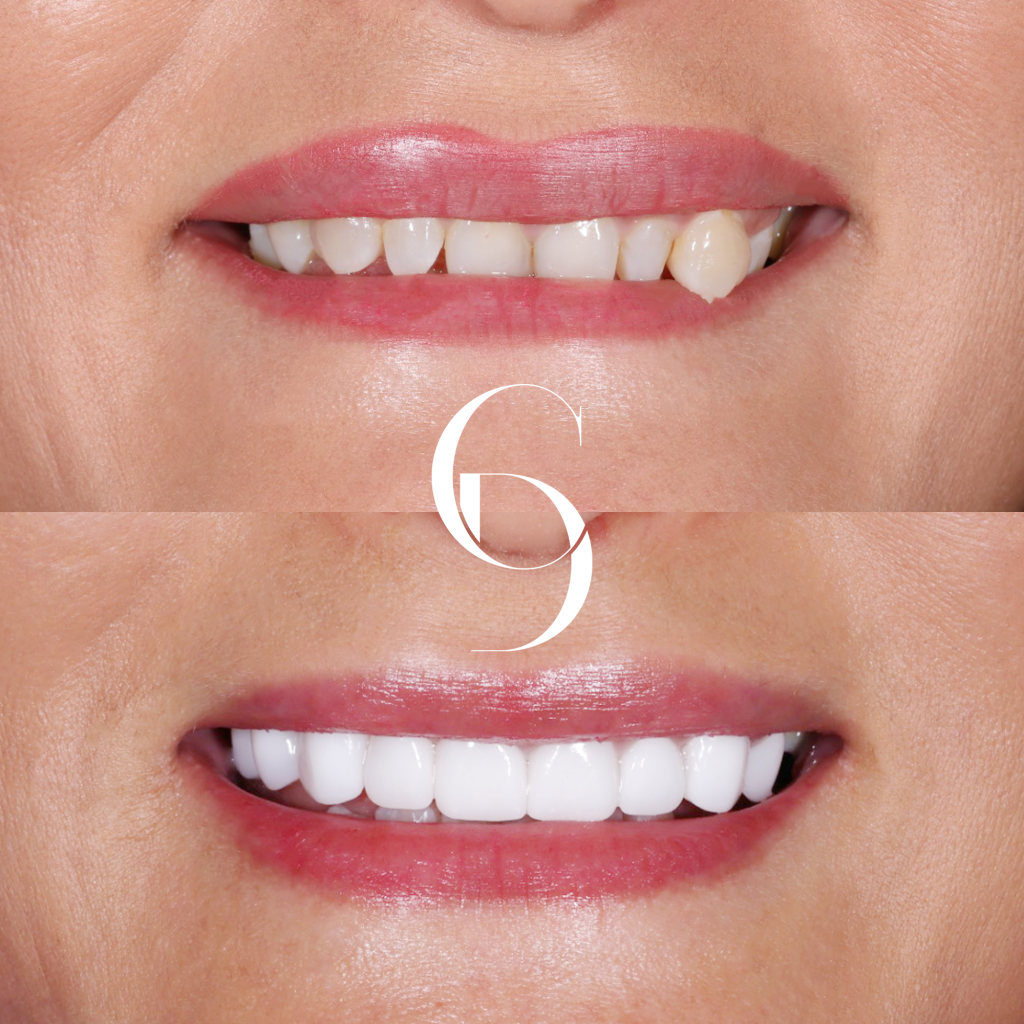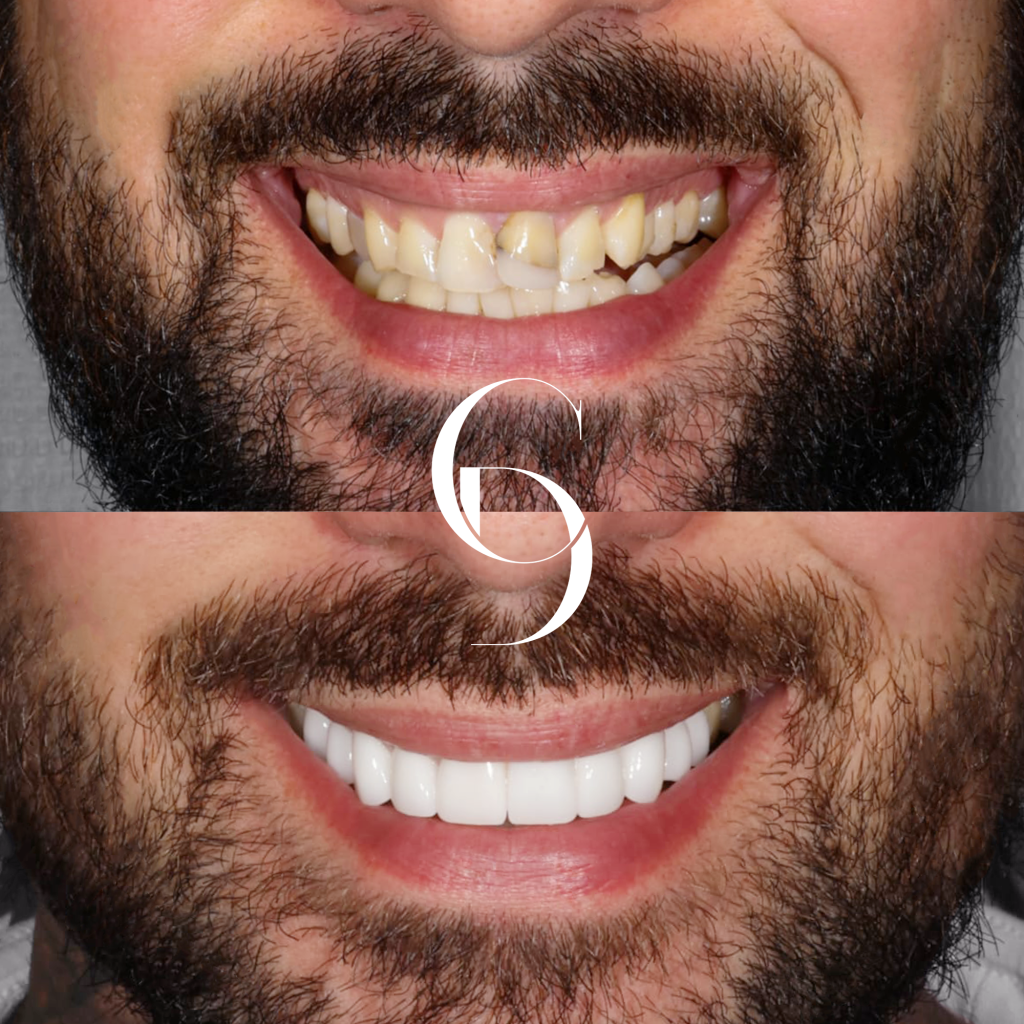We are usually told to take good care of our teeth, but who is gonna think about the gums? The stats mentioned below are alarming and are the result of the ignorance that occurs when it comes to our gums.
Based on findings from the National Study of Adult Oral Health (2017–18), it was observed that
Nearly 29% of adults exhibited signs of gingivitis.
The overall prevalence of periodontitis was 30.1%.
So, if you’ve been wondering why you feel publicly isolated or find it challenging to bite and chew a variety of foods and maintain a balanced diet, the culprit may be none other than your unhealthy gums.
And when not taken care of, it may eventually lead to the loss of teeth and bones in the mouth. Symptoms of unhealthy gums may not just include pain; there’s so much more to it. Paying attention to the red flags mentioned below and taking proper care along with regular dental checkups is what is going to help you in the long run.
Signs You Have Unhealthy Gums
Bad Breath
While it’s normal to have bad breath now and then, if it is at a severe level, that may be a sign of unhealthy gums. It can be a result of smoking, drinking alcohol, or poor oral hygiene. Some other deep-rooted causes may include: –
Excess of Bacterial Infestation
Unhealthy gums often harbour an excess of harmful bacteria. These bacteria can release sulphur compounds by breaking down food particles and other substances in the mouth. These compounds contribute to the unpleasant odour associated with bad breath.
Food Particles
Unhealthy gums may create pockets for food particles, fostering decay and bad breath.
Gum Diseases
Gum diseases, such as gingivitis and periodontitis, contribute to bad breath through the proliferation of bacteria. In gingivitis, inflammation allows bacteria to thrive in plaque on teeth, releasing sulphur compounds that lead to halitosis. If left untreated, gingivitis progresses to periodontitis, where the infection extends beneath the gums, forming pockets ideal for bacterial growth. These bacteria release malodorous byproducts, aggravating bad breath.
Swollen Gums:
When gums are healthy, they are usually pale pink, firm, and not tender to the touch. However, if they become swollen, painful, and discoloured (dark pink, red, blue, or purple), it indicates a problem. Swollen gums are often caused by plaque and bacteria build-up along the gum line. The body’s natural defence against infection leads to swelling, but if left untreated, it can result in infection and other complications.
Bleeding Gums:
Bleeding gums, especially during brushing, flossing, or eating, are a common early sign of gum disease. Plaque accumulation at the base of the teeth and along the gum line causes inflammation, swelling, and bleeding. Strong, healthy gums should not bleed during routine oral care. If gums bleed frequently, it may indicate gingivitis or advanced gum disease.
Tooth Sensitivity
When gums are compromised, exposing the tooth roots can lead to discomfort and pain, particularly in response to hot or cold stimuli. Causes of tooth sensitivity related to unhealthy gums include
gum recession
thinning tooth enamel
exposed tooth roots.
Gum disease, marked by chronic inflammation, significantly contributes to tooth sensitivity. As the gum tissue recedes, it exposes the tooth roots, which lack the protective enamel covering. This exposure allows external stimuli to reach the nerves inside the teeth, resulting in discomfort. Also, pockets or recession caused by gum disease can leave the roots vulnerable to infection, intensifying tooth sensitivity. Other factors, such as cavities, cracked teeth, worn fillings, and gum infections, can contribute to tooth sensitivity.
Diseases Associated With Unhealthy Gums
Gum disease, or periodontal disease, is a common and progressive disorder affecting the mouth and gums. It develops in stages, with the initial stage being gingivitis, followed by periodontitis.
Gingivitis:
The first stage of gum disease is gingivitis, characterized by inflammation of the gums. This inflammation is typically caused by the build-up of plaque (dental biofilm) and tartar on the teeth. Gingivitis can loosen the base structure of teeth from the gum. As it progresses, it leads to misalignment of teeth. Changes in the gum structure can impact the fit of dental protections like porcelain teeth. Gingivitis is considered a mild form of gum disease, and the good news is that it is reversible with appropriate treatment.
Periodontitis:
If gingivitis is left untreated, it can progress to the second stage, periodontitis. Periodontitis is a more severe form of gum disease that affects the gum tissue, bone, and periodontal ligament supporting the teeth. It may also cause receding gums, changes in bite, and eventually loss of tooth or bone.
Periodontitis is not reversible, but its progression can be halted with professional care. Treatment may involve scaling, root planing, and, in advanced cases, surgical procedures performed by a periodontist.
Prevention of Gum Disease:
Preventing gum disease involves maintaining a consistent and effective oral hygiene routine:
Regular dental check-ups: Visit your dental professional at least once or ideally twice a year for check-ups and cleanings.
Oral hygiene: Brush your teeth with fluoride toothpaste at least twice a day, floss daily, and rinse with an antibacterial mouthwash.
Toothbrush maintenance: Replace your toothbrush every three months to ensure optimal effectiveness.
Healthy lifestyle: Eat a balanced diet, reduce sugar intake, quit smoking, manage stress, and consult with your doctor about medications that may contribute to dry mouth.
Special Attention For People with Ongoing Dental Treatments: Individuals with veneer porcelain should pay extra attention to their oral health routine to ensure the longevity and proper care of these dental appliances.
Conclusion
Gum disease is a serious issue that has been affecting millions of people worldwide. However, the symptoms of unhealthy and unhappy gums can often go unnoticed. Thus raising the importance of being aware of gum health and regular trips to your dentist. And remember, during these visits, don’t hesitate to speak up about any unusual symptoms or pain. This would help in a better assessment of the condition and preventing or taking care of the problem as soon as possible.



